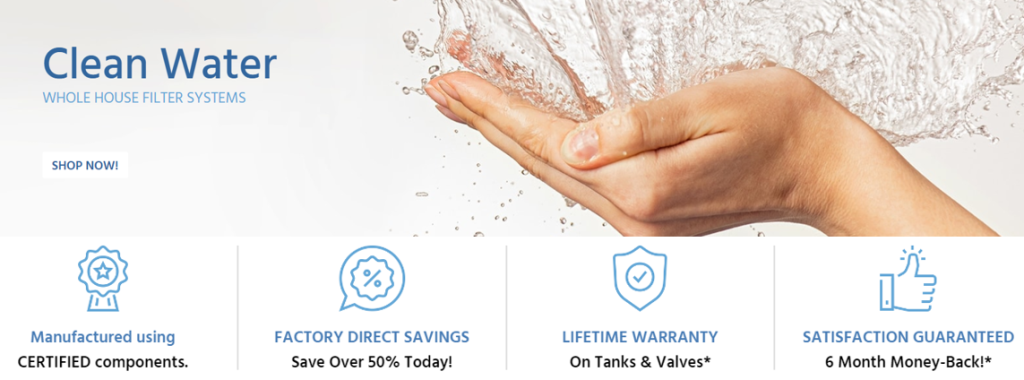A water softener removes chlorine by filtering it out of the water.
A water softener is a device that is used to remove certain minerals, such as calcium and magnesium, from water. These minerals can cause hard water, which can make it difficult to clean dishes and clothing, and can also cause plumbing problems. A water softener works by exchanging the minerals in the water for sodium ions.
One way that a water softener removes chlorine is by using a process called ion exchange. This process occurs when the water softener exchanges the minerals in the water for sodium ions. The sodium ions are then able to bond with the chlorine molecules, which removes them from the water.
Another way that a water softener removes chlorine is by using a process called reverse osmosis. This process occurs when the water is forced through a semi-permeable membrane. The membrane only allows the water molecules to pass through, which leaves the chlorine molecules behind.
A water softener is a valuable appliance to have in your home, as it can help to extend the life of your plumbing and improve the quality of your water. If you are concerned about the amount of chlorine in your water, consider investing in a water softener.
Install a Home Water Filter & Get "Unlimited Safe Drinking Water" For Decades
Get Upto 55% Discount With a Lifetime Warranty & 6-Months Money Back Guarantee Free Shipping
SpringWell Water Filtration Systems: 100% American-Made & NSF Certified Water Filters and Water Softeners
How Does A Water Softener Remove Chlorine From Water?
A water softener removes chlorine from water by exchanging the calcium and magnesium ions in the water for sodium ions.

There are a few different ways that water softeners can remove chlorine from water. One way is by using a process called ion exchange. This is where the positively charged ions of the chlorine are exchanged for other positively charged ions, like sodium or potassium. This process happens inside the water softener unit, and the chlorine is removed from the water.
Another way that water softeners can remove chlorine is by using a process called reverse osmosis. This is where water is forced through a semi-permeable membrane. The chlorine is too large to fit through the pores of the membrane, so it is removed from the water.
The last way that water softeners can remove chlorine is by using a process called activated carbon filtration. This is where the water is passed through a bed of activated carbon. The carbon adsorbs the chlorine molecules, and the chlorine is removed from the water.
Water softeners are an important part of many homes and businesses. They help to remove harmful chemicals from the water, and make the water safer to drink.
What Is The Process Of A Water Softener Removing Chlorine From Water?
The process of a water softener removing chlorine from water is by exchanging the calcium and magnesium ions in the water for sodium ions.
Water softeners are devices that are used to remove excess minerals from water, making it softer. The most common type of water softener removes calcium and magnesium from water, but there are also water softeners that remove iron.
Water softeners work by exchanging ions in the water with ions on the softener’s resin beads. The beads are made of a material that is attracted to the calcium and magnesium in the water. As the water flows through the softener, the calcium and magnesium ions are exchanged for sodium ions.
The sodium ions do not bind to the beads as strongly as the calcium and magnesium ions, so they are easily rinsed away with water. This process is known as regeneration. During regeneration, fresh water is used to rinse the sodium ions from the beads.
The water that comes out of a water softener is softer because it has less calcium and magnesium. This can be beneficial for people who have hard water, as it can improve the quality of their hair and skin, and make it easier to clean dishes and clothing.
Some people worry that the sodium in the water softener will make their water too salty. However, the amount of sodium added to the water is very small and is not enough to make a significant difference in the taste of the water.
FAQ
How Does A Water Softener Work To Remove Chlorine From Water?
What Are The Benefits Of Using A Water Softener To Remove Chlorine From Water?
Are you clear on how a water softener removes chlorine? If not, please let me know in the comments section below.


